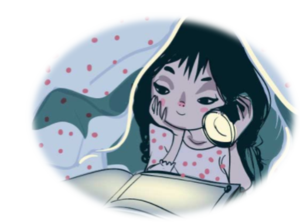Select from the dropdown lists to complete the text.
An isotope is an element that has a different number of ( neutrons, Protons, electrons ), but the same number of ( Protons, neutrons, atoms ). So isotopes have ( a different, the same ) mass, but ( the same, a different ) charge. Many elements can exist as a different number of isotopes, relative ( atomic, formula ) mass ( (Ar), (atomic mass), (Fm), (ar) ) is used instead of mass number. This is ( an average, the best, the simplest, a general ) mass, taking into account the all the different masses of the different ( isotopes, elements, atoms, nuclei ).
